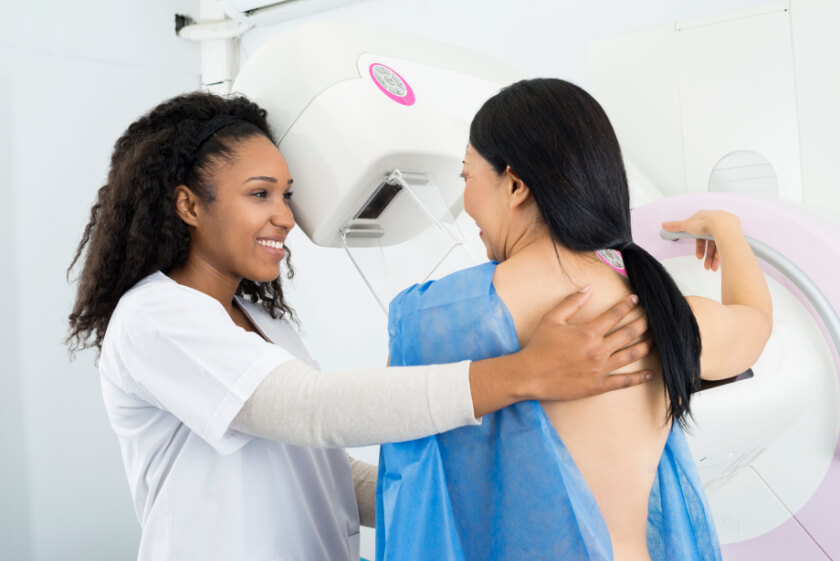What are uterine fibroids?
Uterine fibroids are growths of fibrous muscle tissue that form in the uterus, and they can range in size from as small as a pea to as large as a melon. Almost all uterine fibroids are benign (non-cancerous). The cause of fibroid growth and development isn’t known, but researchers suspect hormonal fluctuations play a major role, and fibroids are also more likely to occur in women who have a family history of the growths. Although small fibroids may cause no symptoms, larger growths can cause abnormal menstrual bleeding and bleeding between periods, pain and pressure, and they can even interfere with fertility and pregnancy.

What is uterine artery embolization?
Embolization is an interventional technique that uses special techniques to close off blood vessels and block the flow of blood to specific structures or areas. Embolization is often used to treat certain types of tumors, blocking blood flow to the tumor so it cannot receive the nutrients and oxygen the tumor cells need to survive and replicate. In uterine artery embolization (also called uterine fibroid embolization or UFE), the vessels or arteries that provide blood to uterine fibroids are blocked, eventually causing the fibroids to shrink so symptoms resolve. UFE uses a radiology technique called fluoroscopy, a type of “real-time” x-ray imaging system, to guide the placement of the needle used to deliver treatment for highly precise and effective results.
How is uterine artery embolization performed?
The uterine artery embolization procedure is performed using a local anesthetic and sedation to help you relax. A very small incision will be made in your groin to enable a thin, flexible tube called a catheter to be inserted into the large artery in your leg – the femoral artery. Using fluoroscopy to guide it, the catheter will be carefully advanced through the artery to the fibroid. A contrast agent or dye will be used to provide clearer images of the catheter as it moves through the artery. Once the catheter is properly positioned, the embolizing agent will be released to close off the flow of blood to the fibroid and fluoroscopy will be used to ensure the agents have reached the target. Following the procedure, the catheter will be removed and a special bandage will be placed over the incision site. Following treatment, you’ll need to remain in the hospital overnight for observation and to enable initial healing to occur. You’ll also receive pain medication to help you stay comfortable. At a followup appointment, you’ll have additional imaging studies to ensure the fibroids are responding to treatment.





